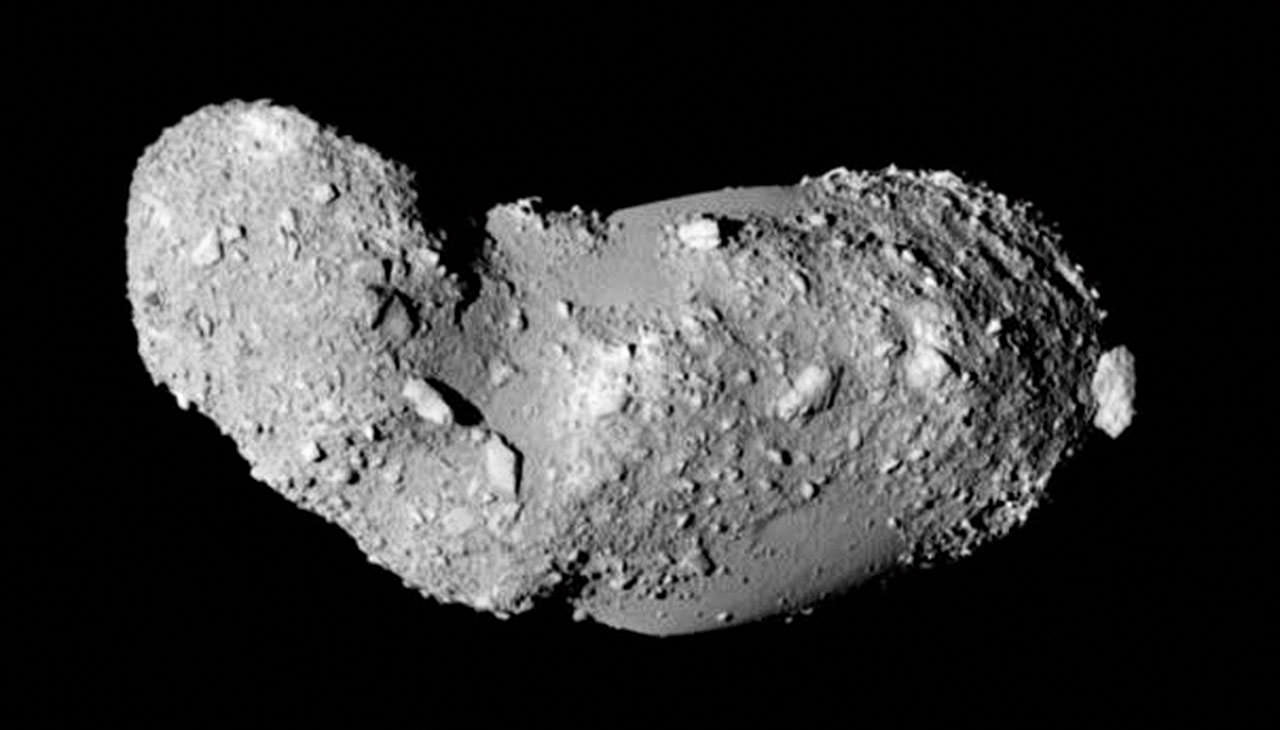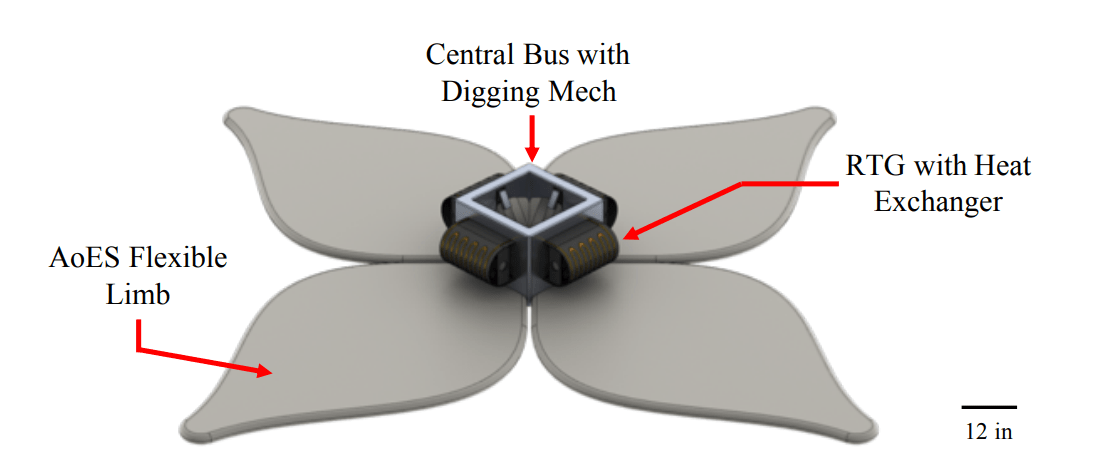Asteroids come in many shapes and sizes. Most are spherical, though many have a feature that can make them difficult to land on – they are essentially just collections of rocks loosely bound together by gravity. In space exploration jargon, they are known as “rubble piles.” Many of the asteroids humanity has visited are considered rubble piles, including Itokawa and Dimorphos, the destinations for Hayabusa and DART, respectively. But, as the trials of the Philae spacecraft showed when it tried to meet up with the comet 67P/Churyumov-Gerasimenko, landing on these objects with very low surface gravity can be difficult. Enter a new concept from researchers at the University of Colorado, Boulder. Their idea, known as Area-of-Effect Softbots (AoES), could help future asteroid explorers, and even miners, overcome some of the challenges facing them at these small bodies.
Continue reading “Engineers Design a Robot That Can Stick To, Crawl Along, and Sail Around Rubble Pile Asteroids”Don’t Bother Trying to Destroy Rubble Pile Asteroids

The asteroids in our Solar System are survivors. They’ve withstood billions of years of collisions. The surviving asteroids are divided into two groups: monolithic asteroids, which are intact chunks of planetesimals, and rubble piles, which are made of up fragments of shattered primordial asteroids.
It turns out there are far more rubble pile asteroids than we thought, and that raises the difficulty of protecting Earth from asteroid strikes.
Continue reading “Don’t Bother Trying to Destroy Rubble Pile Asteroids”
